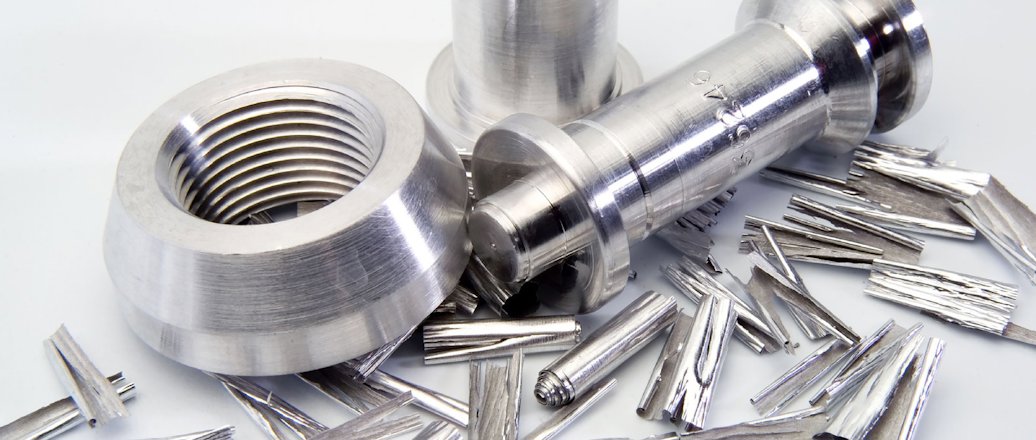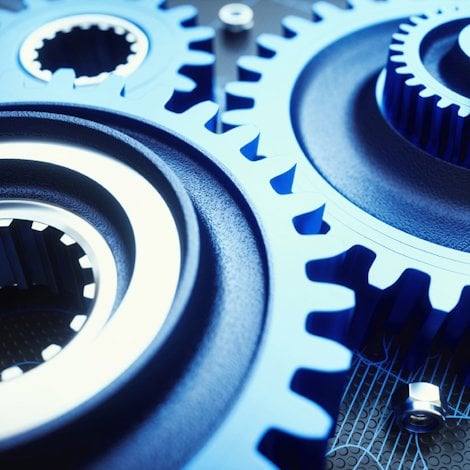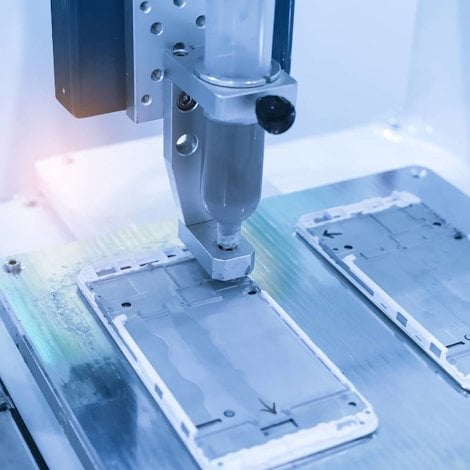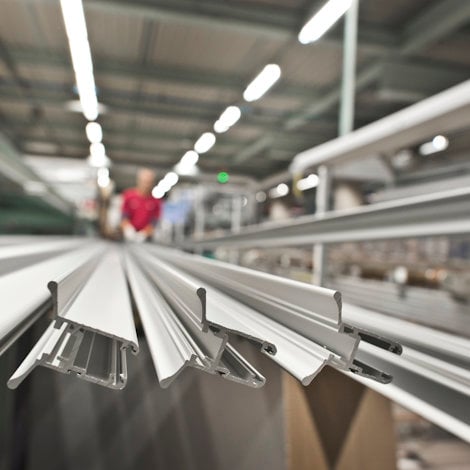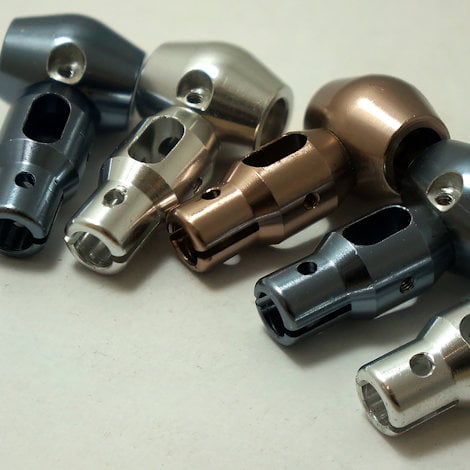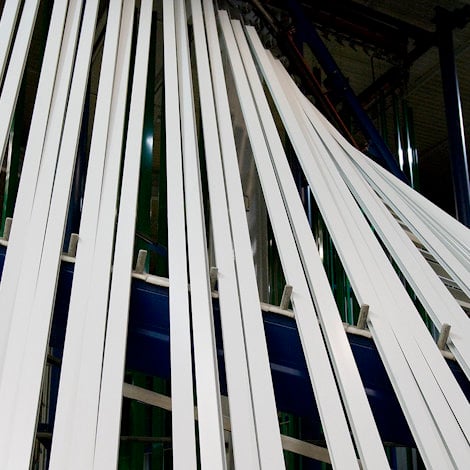How metallurgical structure affects machinability
Machinability refers to the ease with which a metal can be machined to an acceptable surface finish. Aluminium is relatively easy to machine, but maximizing its machinability is complex. Here are the aluminium alloys you should use when machining extruded aluminium.
Aluminium responds well to most fabrication methods, such as milling, drilling, cutting and punching. Nevertheless, machine shops have some specific concerns when it comes to working with our light metal. These include:
- Long, stringy chips
- Chips wrapping on parts
- Dimensions
- Tool life
- Machined part surface finish
Machinability issues like these can cost you money. One way to improve the machinability of aluminium is metallurgy – the material itself.
Enhancing aluminium metallurgy for machining
Let me first explain how this comes into play for extruded aluminium solutions.
Extrusion in the aluminium industry normally occurs on a direct press, a process in which a ram pushes a billet through the container and the metal flows through a die. But because the direct extrusion process generates tremendous friction and heat between the billet and the container wall, pressure and temperature vary as the billet extrudes.
The result is inconsistent grain structure and compromised metallurgical properties in the finished product. This can affect the machinability of the metal.
And this is why we recommend certain aluminium alloys for specific machining needs.
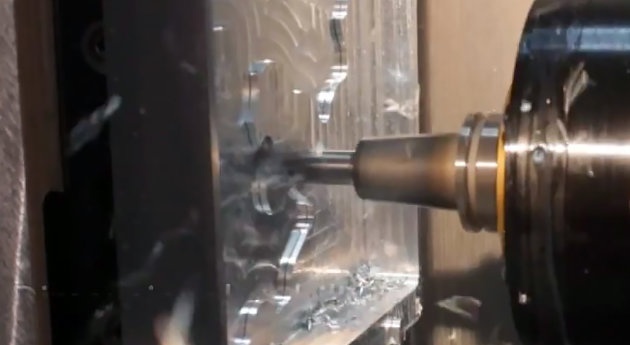
Aluminium alloys for specific machining needs
Aluminium alloys in the 6xxx series are among the most widely used in production machining shops. They contain magnesium and silicon. The most common alloys used in machine production are 6061, 6082, 6042 and 6262.
Let’s look at the benefits that these aluminium alloys provide.
- Alloy 6061 is the most versatile of the heat-treatable aluminium alloys. It offers good mechanical properties, corrosion resistance, and good welding and brazing capabilities. It is popular for medium to high-strength requirements and has good toughness characteristics. It is a candidate for most machining techniques. Alloy 6061 is most commonly used for transportation components, machinery and equipment, recreation products, and consumer durables. Typical applications machined from 6061 rod, bar hex, tube and custom profiles include pneumatic and hydraulic manifolds and cylinders, electrical connectors, hose couplings, and automotive brake, transmission and air conditioning components.
- Alloy 6082 offers similar physical characteristics to the 6061 aluminium alloy. It offers good finishing characteristics and responds well to anodizing. The alloy also offers good welding and brazing capabilities, corrosion resistance, formability and machinability. Alloy 6082 is a good choice for structural applications, including rod, bar, tube and profiles that can be machined into similar components as 6061.
- Alloy 6042 is a new aluminium alloy developed for improved machinability and reduced lead levels to comply with current RoHS and ELV recycling requirements. It offers improved machinability characteristics compared to 6061 and 6082. Alloy 6042 is typically used in electrical connectors, brake components, pneumatic and hydraulic manifolds and valve blocks, air conditioning components, and hardware and fasteners.
- Alloy 6262 is the alloy of choice for improved machinability in the 6XXX series, however 6262 does not comply with current RoHS and ELV requirements due to its lead content. It was originally developed specifically for machining applications, including screw machine and CNC machine products. Alloy 6262 offers good corrosion resistance, good finishing characteristics and responds well to all common anodizing methods. Typical applications include connectors and fasteners, hydraulic valve blocks, and electrical and cable components where RoHS or ELV requirements do not apply.

